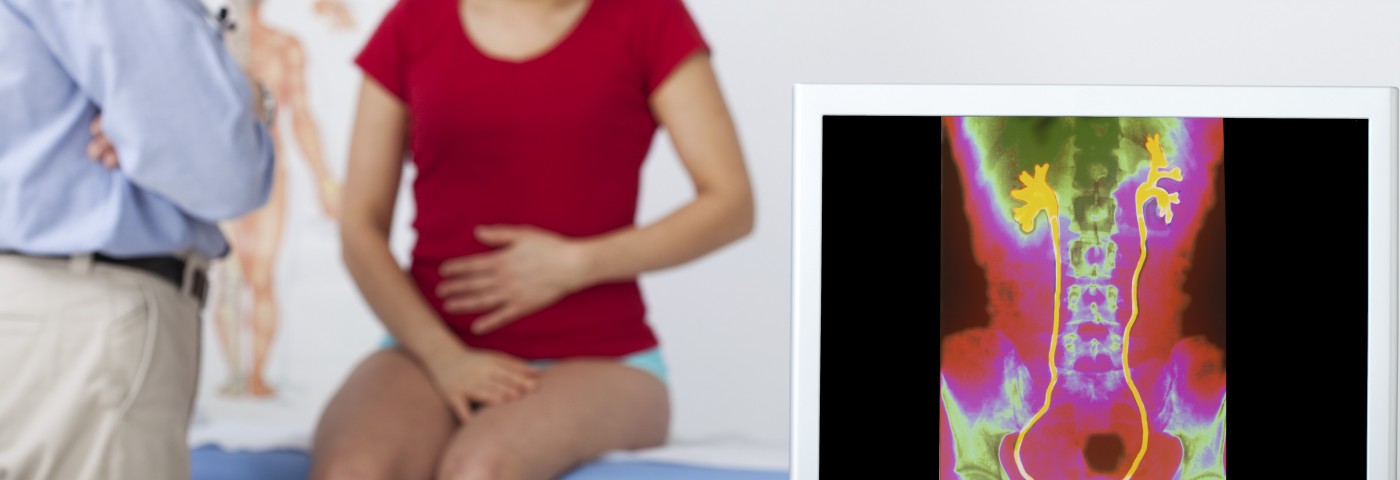Oregon Health & Science University researchers recently found that disease severity in women with fibromyalgia (FM) is linked to increased urinary symptoms and problems related to the pelvic floor. The study, titled “Pelvic Floor and Urinary Distress in Women With Fibromyalgia,” appeared in the journal Pain Management Nursing.
The study administered a survey to 204 women with fibromyalgia, and 177 completed all three questionnaires included. The group was composed of patients with moderate to severe FM, and most participants reported having experienced FM symptoms for more than 10 years.
The first questionnaire, the Revised Fibromyalgia Impact Questionnaire (FIQR), examined current level of negative impact from FM symptoms divided into three categories: level of function, overall impact, and symptoms. The other two questionnaires examined pelvic floor symptoms.
The Pelvic Floor Distress Inventory-20 (PFDI-20) is composed of three subscales assessing different kinds of pelvic floor symptoms. Prolapse symptoms are characterized by a heaviness in the pelvic area, or a feeling that something is falling out. Patients often have to push on the bulge in the vaginal area to start or complete urination. The second subscale — urinary distress — measures urinary frequency, urgency, and leakage. The third, investigating anal distress, measures the occurrence of strain or pain during defecation, the presence of a bulging rectum during or after defecation, and the ability to completely empty the bowels.
The Pelvic Pain, Urgency and Frequency Questionnaire (PUF) was used to assess urinary symptoms. The questionnaire is composed of two subscales measuring symptom severity and how much the patient is bothered by them.
The research team, led by Kim Dupree Jones, found that the patients scored relatively high on the PFDI questionnaire. The scale runs from 0-300, with higher numbers indicating more symptoms. Moreover, colorectal distress was the most troublesome symptom group.
Almost all (93 percent) of the patients reported experiencing bladder or pelvic pain at least occasionally, and more than half had continuous symptoms. As many as 93 percent also reported feelings of urinary urgency after voiding and, again, more than half of them said this was a common symptom.
The researchers also noted that when the FM symptoms were more severe, the pelvic and urinary symptoms also tended to be high, and the score of the FIQR subscale measuring symptoms was correlated with the PFDI-20 and PUF scores.
The results show that clinicians treating FM patients need be aware that pelvic distress and urinary symptoms increase with more severe FM. It is also necessary for clinicians to evaluate and treat pelvic floor and urinary symptoms in their patients as part of a complete disease management.

